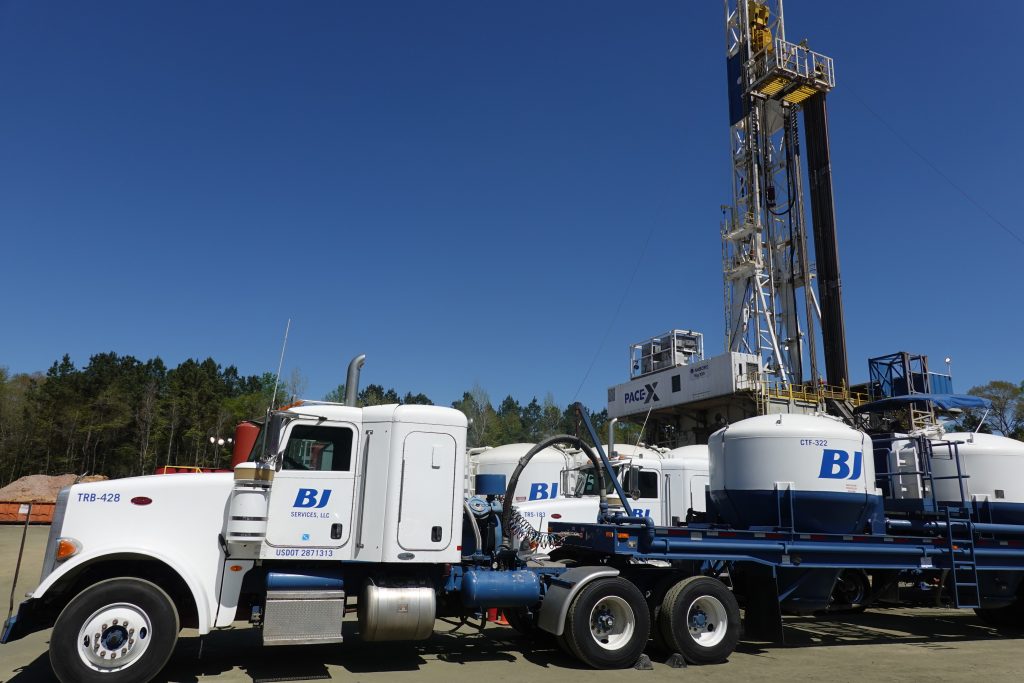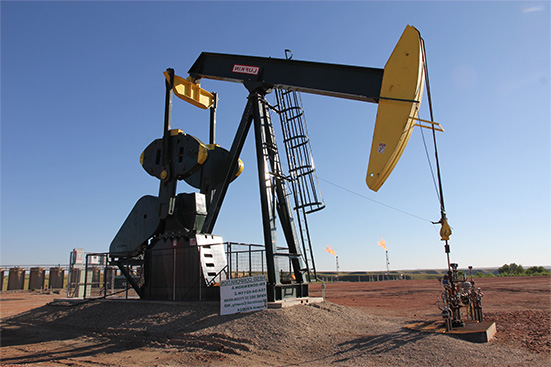
The energy industry plays a very essential role in the economy’s growth. This ever-growing industry includes the oil and gas sector, which helps the economy by oil and gas drilling, extraction, as well as processing and refinement.
Like most businesses, oil and gas firms have to sustain upfront expenses, also known as oil and gas operating expenses, before they can begin making profits.
Also referred to as OPEX, operating expenses are expenses that are unavoidable and necessary. They are expenses that businesses incur through their business operations. This includes equipment, rent, marketing, insurance, payroll, and funds for research and development.
Operating costs vary, and they are largely dependent on the company’s goals, its size, and other economic factors. Financial experts normally evaluate a business’ operating expenses by taking the average operating expense margin into consideration, which is expressed as a portion of operating expenses in the energy sector’s overall revenues.
Some firms are able to reduce their operating expenses, increase their earnings, and gain a competitive advantage over their competitors. A higher ratio shows that a company’s operations are efficient and that its strategy of converting sales into profits is streamlined. However, finding the right balance is essential since reducing operating expenses may compromise the quality and integrity of a business’s operations.
Contact DW Energy
Want to learn more about oil & gas investing? Our expert team can provide you with more information or schedule a consultation to talk about diversifying your investment portfolio.

The oil and gas sector
The oil and gas sector is comprised of mostly integrated businesses that take care of the majority of oil and gas drilling and marketing. There are also firms that specialize in other areas, like oil well equipment and services, as well as exploration and production.
There are a lot of oil and gas exploration and production companies that specialize in looking for and drilling for oil. Oil well equipment and service firms generally do not produce oil but act to support exploration and production companies.
Oil and gas exploration and production have the biggest number of companies of all the industries within the oil and gas sector. On the other hand, the integrated oil and gas industry has the lowest number of firms.
Operating expenses margin
As mentioned, the OPEX for the oil and gas sector varies widely. However, it is important to note that oil and gas production firms have some of the highest margins among the companies within the sector, with an OPEX of 17.84 percent as of the final quarter of 2021.
The size of the operating expenses margin is largely determined by its depreciation expense, as well as the firm’s ability to manage its fixed costs, like its SG&A or selling, general, and administrative expenses.
Other margins
The integrated oil and gas firms have the best margins on a net margin basis. Oil and gas production is a close second. On a gross margin basis, however, the production industry enjoys gross margins of about 60 percent, while integrated oil and gas firms have margins of about 37 percent. Service and equipment firms have margins of approximately 33 percent.
DW Energy Group is a non-operating oil and gas exploration company in Dallas, Texas. If you are a qualified and approved investor interested in lucrative oil and gas investment opportunities, get in touch.
Contact dw energy
Sources:
“Oil And Gas Production Industry Profitability,” CSIMarket, https://csimarket.com/Industry/industry_Profitability_Ratios.php?ind=602&hist=8
“Costs and productivity in oil and gas,” Deloitte, https://www2.deloitte.com/content/dam/Deloitte/au/Documents/energy-resources/deloitte-au-er-costs-productivity-oil-gas-150515.pdf
“Understanding Operating Costs In the Energy Industry,” Oil man Magazine, https://oilmanmagazine.com/understanding-operating-costs-in-the-energy-industry/
